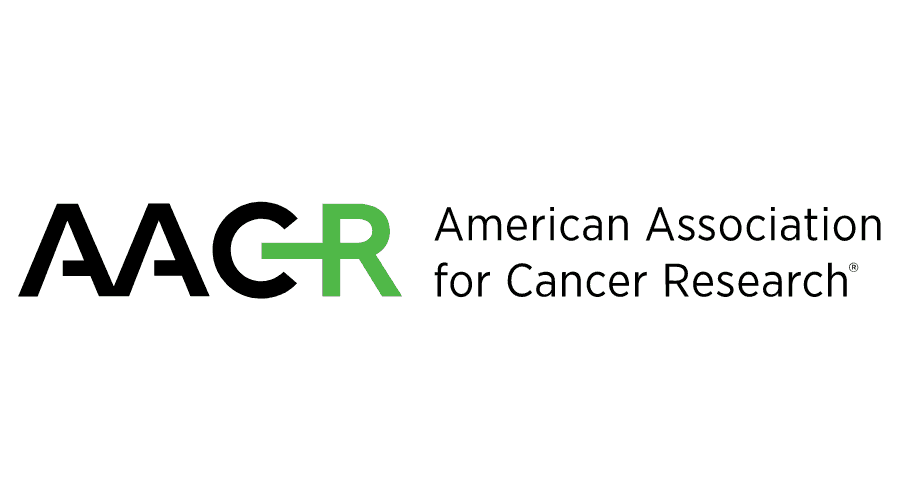Article
Hemophilia B Gene Therapy Produces Durable Response for 90% of Participants
Author(s):
Nine out of 10 patients with hemophilia B dosed with FLT180a were able to stop their weekly infusions of replacement factor IX.
A single gene therapy injection in 10 patients with hemophilia B resulted in durable, normal factor IX levels for 90% of them and erased the need for weekly replacement therapy, according to results of a new study published Wednesday.
The paper was published in the New England Journal of Medicine.
The phase 1/2 trial (called B-AMAZE) evaluated the safety and efficacy of different doses of FLT180a (verbrinacogene setparvovec), an investigational adeno-associated virus (AAV) gene therapy candidate, for patients with severe or moderately severe hemophilia B (factor IX level, ≤2% of normal value).
Hemophilia B is a rare and inherited genetic bleeding disorder caused by low levels of the factor IX protein, needed for forming blood clots. The gene responsible for making the clotting factor is located on the X chromosome, making it more common in men.
Currently, patients with hemophilia B need regular infusions of replacement factor IX therapy to prevent excessive bleeding. Despite the advent of therapy with a longer half-life, resulting in less frequent administration, patients are still at risk for long-term complications.
Seventeen male patients 18 years and older were screened and 10 were enrolled in the multicenter, open-label, 26-week trial. The primary end points were safety and efficacy, as assessed by factor IX levels at week 26.
All the patients received prednisolone with or without tacrolimus for immunosuppression to decrease the risk of vector-related immune responses that could prevent the long-term expression of the AAV vector-encoded genes. After 26 weeks, patients were enrolled in a long-term follow-up study, which will assess the safety and durability of protein expression for 15 years.
The patients received 1 of 4 different dose levels, or vector genomes (vg) per kilogram of body weight: 3.84×1011 vg, 6.40×1011 vg, 8.32×1011 vg, or 1.28×1012 vg. Afterwards, all the patients had dose-dependent increases in factor IX levels.
At a median follow-up of 27.2 months (range, 19.1-42.4 months), sustained factor IX activity was observed in all patients except 1, who resumed factor IX replacement therapy.
As of the data cutoff date, results showed the following:
- 5 patients had normal factor IX levels (range, 51-78%)
- 3 patients had lower but increased levels from 23% to 43%
- 1 patient had an abnormally high level of 260%
Of the reported adverse events, approximately 10% were related to FLT180a and 24% to immunosuppression.
Adverse events included increases in liver aminotransferase levels, and late increases in aminotransferase levels occurred in patients who had received prolonged tacrolimus beyond the prednisolone taper.
A serious adverse event of arteriovenous fistula thrombosis occurred in the patient with high factor IX levels and who received the highest FLT180a dose.
As a result of the gene therapy, patients also had fewer bleeding episodes and reduced use of factor IX therapy.
Among the 10 patients, the mean annualized bleeding rate at baseline was 2.93 events per year (range, 0-7.33) compared with a mean of 0.71 events per year (range, 0-1.70).
Annualized factor IX consumption per patient decreased from a baseline mean of 226,026 IU per year (range, 83,263-423,333) to a mean of 9723 IU per year (range, 0-95,532) after gene therapy.
AAV gene therapy uses a packaging from the proteins found in the outer coat of the virus to deliver a functional copy of a gene to compensate for one that is not working or missing.
As with another trial of a gene therapy for hemophilia A, the authors noted that “immune responses can occur later than previously expected and may coincide with the withdrawal of immunosuppression. Consistent best practices for monitoring aminotransferase levels and deciding when ALT increases warrant intervention remain a critical topic for the field.”
The trial, which took place in the United Kingdom, was sponsored by the University College of London and funded by Freeline Therapeutics, the biotechnology company behind the therapy.
Reference
Chowdary P, Shapiro S, Makris M, et al. Phase 1–2 trial of AAVS3 gene therapy in patients with hemophilia B. N Engl J Med. 2022;387:237-247. doi:10.1056/NEJMoa2119913




